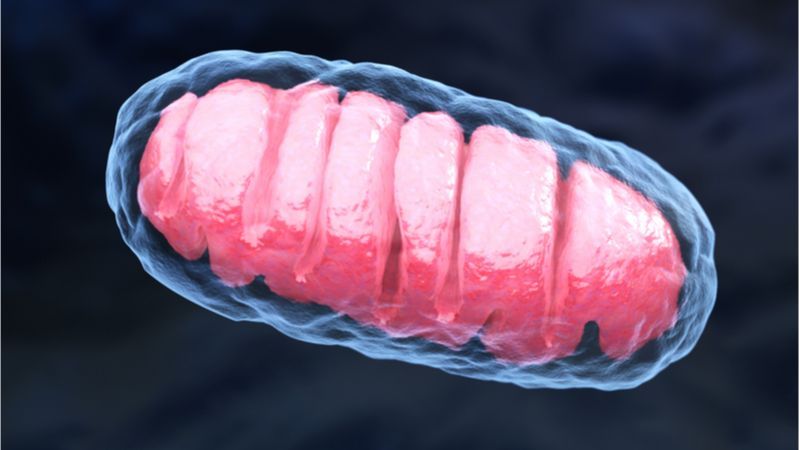In this post, you’ll find why I think SENS Research Foundation (SRF) is great to finance from an EA perspective along with the interview questions I want to ask its Chief Science Officer, Aubrey de Grey. You are welcome to contribute with your own questions in the comments or through a private message. Here is a brief summary of each section:
Introduction: Aging research looks extremely good as a cause-area from an EA perspective. Under a total utilitarian view, it is probably second or third after existential risk mitigation. There are many reasons why it makes sense to donate to many EA cause-areas, such as to reduce risk, if there are particularly effective specific interventions, or if some cause-areas are already well funded.
SRF’s approach to aging research: SRF selects its research following the SENS general strategy, which divides aging into seven categories of damage, each having a corresponding line of research. This categorization is very similar to the one described in the landmark paper The Hallmarks of Aging. This sort of damage repair approach seems more effective and tractable than current geriatrics and biogerontology that are aimed at slowing down aging, as it enables LEV and many more QALYs. It makes rejuvenation possible instead of just slowing down aging as a best-case scenario, and it doesn’t require an in-depth knowledge of our metabolism, which is extremely complicated and full of unknown-unknowns.






